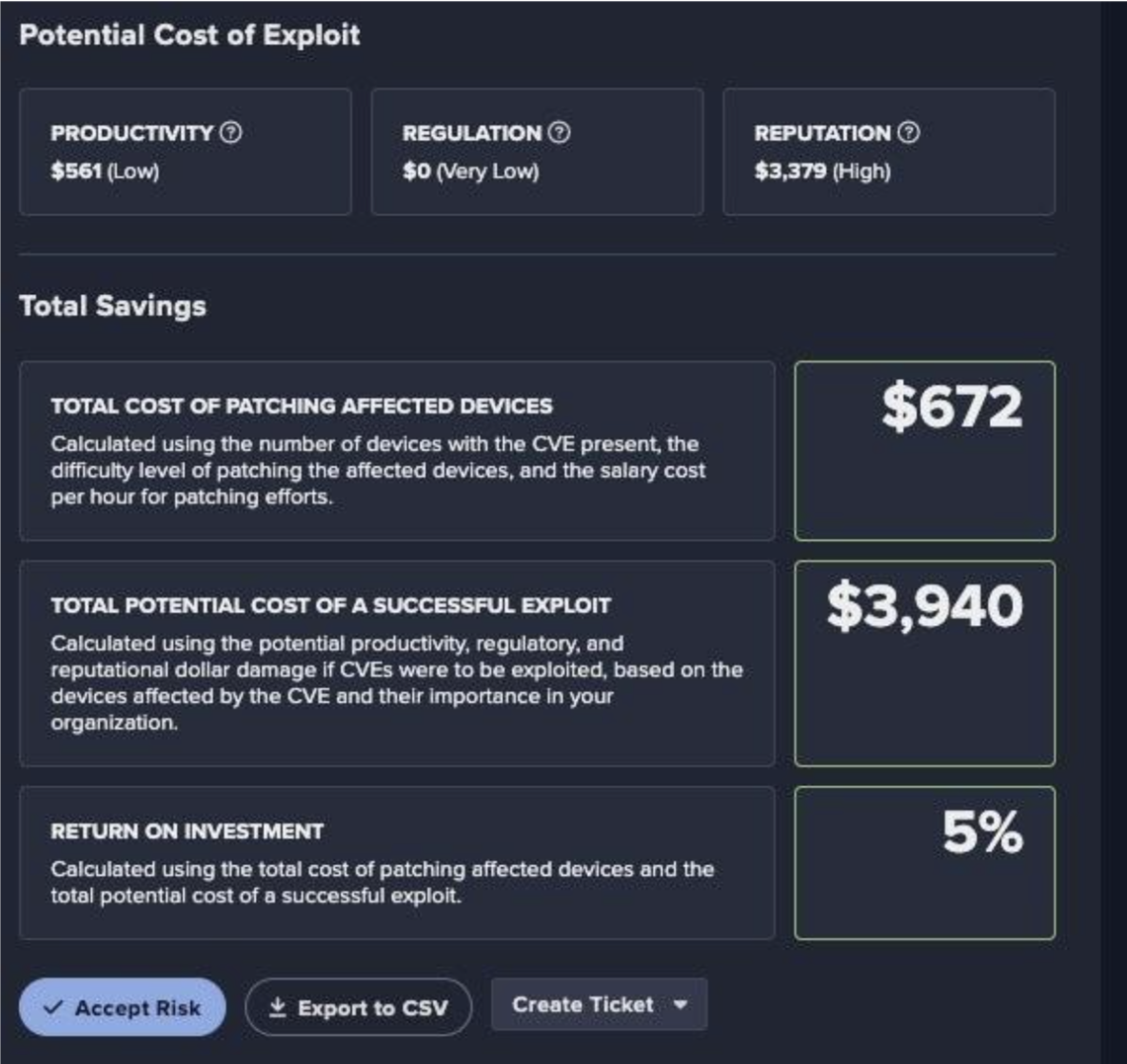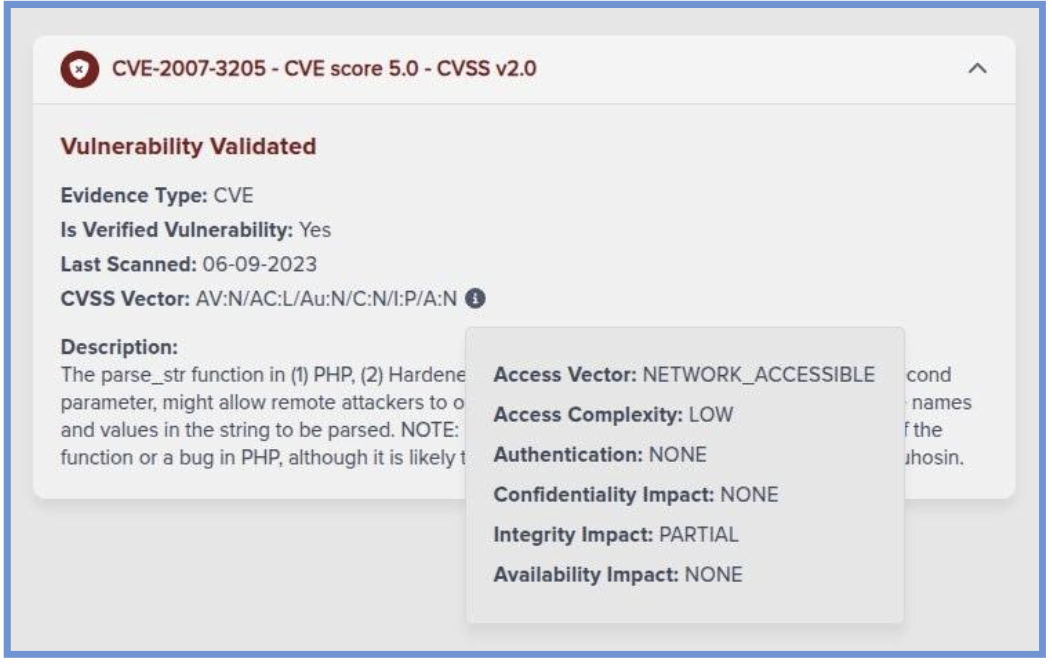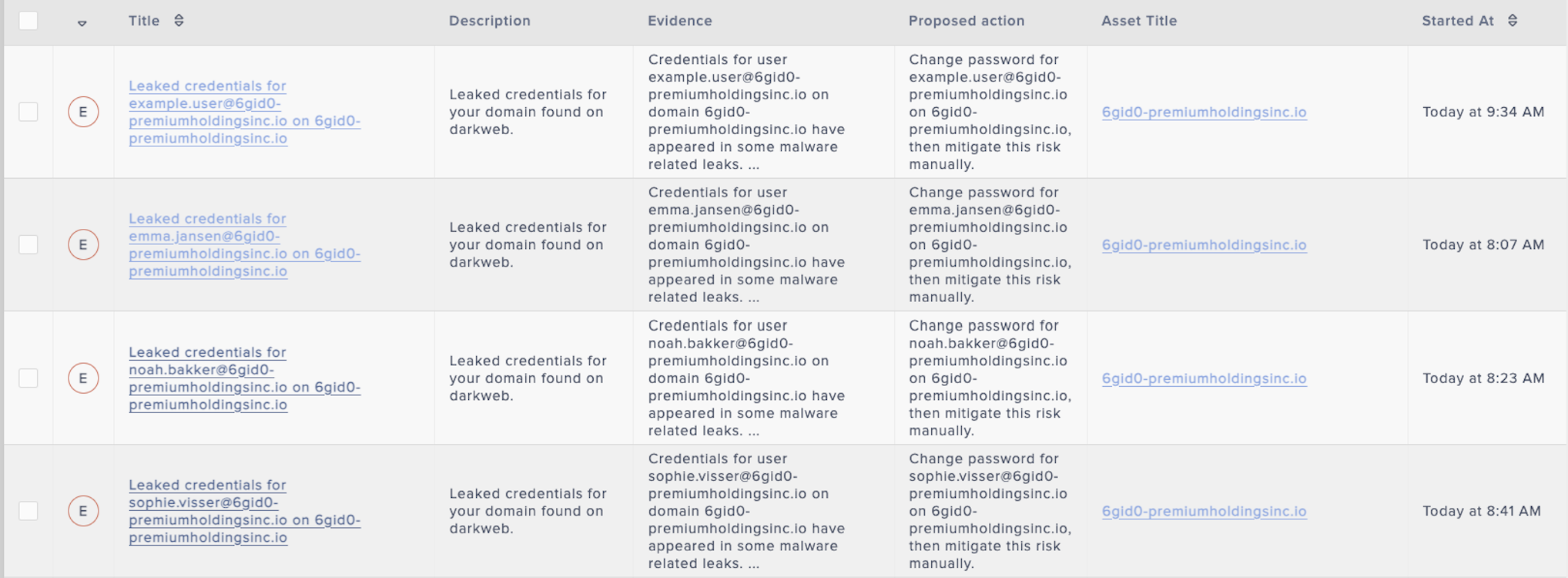What is a RAT?
As the proliferation of new and more advanced cyber threats continues, the Remote Access Trojan (RAT) remains a classic tool in a threat actor's arsenal. RATs, whether standardized or custom-built, enable attackers to remotely control compromised devices, facilitating a range of malicious activities.
What is AsyncRAT?
Since its first appearance in 2019, AsyncRAT has become increasingly popular among a wide range of threat actors, including cybercriminals and advanced persistent threat (APT) groups.
Originally available on GitHub as a legitimate tool, its open-source nature has led to widespread exploitation. AsyncRAT has been used in numerous campaigns, including prolonged attacks on essential US infrastructure, and has even reportedly penetrated the Chinese cybercriminal underground market [1] [2].
How does AsyncRAT work?
Original source code analysis of AsyncRAT demonstrates that once installed, it establishes persistence via techniques such as creating scheduled tasks or registry keys and uses SeDebugPrivilege to gain elevated privileges [3].
Its key features include:
- Keylogging
- File search
- Remote audio and camera access
- Exfiltration techniques
- Staging for final payload delivery
These are generally typical functions found in traditional RATs. However, it also boasts interesting anti-detection capabilities. Due to the popularity of Virtual Machines (VM) and sandboxes for dynamic analysis, this RAT checks for the manufacturer via the WMI query 'Select * from Win32_ComputerSystem' and looks for strings containing 'VMware' and 'VirtualBox' [4].
Darktrace’s coverage of AsyncRAT
In late 2024 and early 2025, Darktrace observed a spike in AsyncRAT activity across various customer environments. Multiple indicators of post-compromise were detected, including devices attempting or successfully connecting to endpoints associated with AsyncRAT.
On several occasions, Darktrace identified a clear association with AsyncRAT through the digital certificates of the highlighted SSL endpoints. Darktrace’s Real-time Detection effectively identified and alerted on suspicious activities related to AsyncRAT. In one notable incident, Darktrace’s Autonomous Response promptly took action to contain the emerging threat posed by AsyncRAT.
AsyncRAT attack overview
On December 20, 2024, Darktrace first identified the use of AsyncRAT, noting a device successfully establishing SSL connections to the uncommon external IP 185.49.126[.]50 (AS199654 Oxide Group Limited) via port 6606. The IP address appears to be associated with AsyncRAT as flagged by open-source intelligence (OSINT) sources [5]. This activity triggered the device to alert the ‘Anomalous Connection / Rare External SSL Self-Signed' model.
![Model alert in Darktrace / NETWORK showing the repeated SSL connections to a rare external Self-Signed endpoint, 185.49.126[.]50.](https://cdn.prod.website-files.com/626ff4d25aca2edf4325ff97/6823ad5f8454ff831da3182a_Screenshot%202025-05-13%20at%201.35.56%E2%80%AFPM.avif)
Following these initial connections, the device was observed making a significantly higher number of connections to the same endpoint 185.49.126[.]50 via port 6606 over an extended period. This pattern suggested beaconing activity and triggered the 'Compromise/Beaconing Activity to External Rare' model alert.
Further analysis of the original source code, available publicly, outlines the default ports used by AsyncRAT clients for command-and-control (C2) communications [6]. It reveals that port 6606 is the default port for creating a new AsyncRAT client. Darktrace identified both the Certificate Issuer and the Certificate Subject as "CN=AsyncRAT Server". This SSL certificate encrypts the packets between the compromised system and the server. These indicators of compromise (IoCs) detected by Darktrace further suggest that the device was successfully connecting to a server associated with AsyncRAT.

![Darktrace’s detection of repeated connections to the suspicious IP address 185.49.126[.]50 over port 6606, indicative of beaconing behavior.](https://cdn.prod.website-files.com/626ff4d25aca2edf4325ff97/6823adc5ac5c997938babf30_Screenshot%202025-05-13%20at%201.38.15%E2%80%AFPM.avif)
![Darktrace's Autonomous Response actions blocking the suspicious IP address,185.49.126[.]50.](https://cdn.prod.website-files.com/626ff4d25aca2edf4325ff97/6825268603a7a2b1459c9fea_Figure%204.avif)
A few days later, the same device was detected making numerous connections to a different IP address, 195.26.255[.]81 (AS40021 NL-811-40021), via various ports including 2106, 6606, 7707, and 8808. Notably, ports 7707 and 8808 are also default ports specified in the original AsyncRAT source code [6].
![Darktrace’s detection of connections to the suspicious endpoint 195.26.255[.]81, where the default ports (6606, 7707, and 8808) for AsyncRAT were observed.](https://cdn.prod.website-files.com/626ff4d25aca2edf4325ff97/6823ae6e325a742b23ef6e6d_Screenshot%202025-05-13%20at%201.41.09%E2%80%AFPM.avif)
Similar to the activity observed with the first endpoint, 185.49.126[.]50, the Certificate Issuer for the connections to 195.26.255[.]81 was identified as "CN=AsyncRAT Server". Further OSINT investigation confirmed associations between the IP address 195.26.255[.]81 and AsyncRAT [7].
![Darktrace's detection of a connection to the suspicious IP address 195.26.255[.]81 and the domain name identified under the common name (CN) of a certificate as AsyncRAT Server](https://cdn.prod.website-files.com/626ff4d25aca2edf4325ff97/6823aea233fc6374c1432604_Screenshot%202025-05-13%20at%201.42.00%E2%80%AFPM.avif)
Once again, Darktrace's Autonomous Response acted swiftly, blocking the connections to 195.26.255[.]81 throughout the observed AsyncRAT activity.

A day later, Darktrace again alerted to further suspicious activity from the device. This time, connections to the suspicious endpoint 'kashuub[.]com' and IP address 191.96.207[.]246 via port 8041 were observed. Further analysis of port 8041 suggests it is commonly associated with ScreenConnect or Xcorpeon ASIC Carrier Ethernet Transport [8]. ScreenConnect has been observed in recent campaign’s where AsyncRAT has been utilized [9]. Additionally, one of the ASN’s observed, namely ‘ASN Oxide Group Limited’, was seen in both connections to kashuub[.]com and 185.49.126[.]50.
This could suggest a parallel between the two endpoints, indicating they might be hosting AsyncRAT C2 servers, as inferred from our previous analysis of the endpoint 185.49.126[.]50 and its association with AsyncRAT [5]. OSINT reporting suggests that the “kashuub[.]com” endpoint may be associated with ScreenConnect scam domains, further supporting the assumption that the endpoint could be a C2 server.
Darktrace’s Autonomous Response technology was once again able to support the customer here, blocking connections to “kashuub[.]com”. Ultimately, this intervention halted the compromise and prevented the attack from escalating or any sensitive data from being exfiltrated from the customer’s network into the hands of the threat actors.
![Darktrace’s Autonomous Response applied a total of nine actions against the IP address 191.96.207[.]246 and the domain 'kashuub[.]com', successfully blocking the connections.](https://cdn.prod.website-files.com/626ff4d25aca2edf4325ff97/6823af1b3cbc7734f47fc15b_Screenshot%202025-05-13%20at%201.43.56%E2%80%AFPM.avif)
Due to the popularity of this RAT, it is difficult to determine the motive behind the attack; however, from existing knowledge of what the RAT does, we can assume accessing and exfiltrating sensitive customer data may have been a factor.
Conclusion
While some cybercriminals seek stability and simplicity, openly available RATs like AsyncRAT provide the infrastructure and open the door for even the most amateur threat actors to compromise sensitive networks. As the cyber landscape continually shifts, RATs are now being used in all types of attacks.
Darktrace’s suite of AI-driven tools provides organizations with the infrastructure to achieve complete visibility and control over emerging threats within their network environment. Although AsyncRAT’s lack of concealment allowed Darktrace to quickly detect the developing threat and alert on unusual behaviors, it was ultimately Darktrace Autonomous Response's consistent blocking of suspicious connections that prevented a more disruptive attack.
Credit to Isabel Evans (Cyber Analyst), Priya Thapa (Cyber Analyst) and Ryan Traill (Analyst Content Lead)
Appendices
- Real-time Detection Models
- Compromise / Suspicious SSL Activity
- Compromise / Beaconing Activity To External Rare
- Compromise / High Volume of Connections with Beacon Score
- Anomalous Connection / Suspicious Self-Signed SSL
- Compromise / Sustained SSL or HTTP Increase
- Compromise / SSL Beaconing to Rare Destination
- Compromise / Suspicious Beaconing Behaviour
- Compromise / Large Number of Suspicious Failed Connections
- Autonomous Response Models
- Antigena / Network / Significant Anomaly / Antigena Controlled and Model Alert
- Antigena / Network / Significant Anomaly / Antigena Enhanced Monitoring from Client Block
List of IoCs
· 185.49.126[.]50 - IP – AsyncRAT C2 Endpoint
· 195.26.255[.]81 – IP - AsyncRAT C2 Endpoint
· 191.96.207[.]246 – IP – Likely AsyncRAT C2 Endpoint
· CN=AsyncRAT Server - SSL certificate - AsyncRATC2 Infrastructure
· Kashuub[.]com– Hostname – Likely AsyncRAT C2 Endpoint
MITRE ATT&CK Mapping:
Tactic –Technique – Sub-Technique
Execution– T1053 - Scheduled Task/Job: Scheduled Task
DefenceEvasion – T1497 - Virtualization/Sandbox Evasion: System Checks
Discovery– T1057 – Process Discovery
Discovery– T1082 – System Information Discovery
LateralMovement - T1021.001 - Remote Services: Remote Desktop Protocol
Collection/ Credential Access – T1056 – Input Capture: Keylogging
Collection– T1125 – Video Capture
Commandand Control – T1105 - Ingress Tool Transfer
Commandand Control – T1219 - Remote Access Software
Exfiltration– T1041 - Exfiltration Over C2 Channel
References
[1] https://blog.talosintelligence.com/operation-layover-how-we-tracked-attack/
[2] https://intel471.com/blog/china-cybercrime-undergrond-deepmix-tea-horse-road-great-firewall
[3] https://www.attackiq.com/2024/08/01/emulate-asyncrat/
[4] https://www.fortinet.com/blog/threat-research/spear-phishing-campaign-with-new-techniques-aimed-at-aviation-companies
[5] https://www.virustotal.com/gui/ip-address/185.49.126[.]50/community
[6] https://dfir.ch/posts/asyncrat_quasarrat/
[7] https://www.virustotal.com/gui/ip-address/195.26.255[.]81
[8] https://www.speedguide.net/port.php?port=8041
[9] https://www.esentire.com/blog/exploring-the-infection-chain-screenconnects-link-to-asyncrat-deployment
[10] https://scammer.info/t/taking-out-connectwise-sites/153479/518?page=26











































